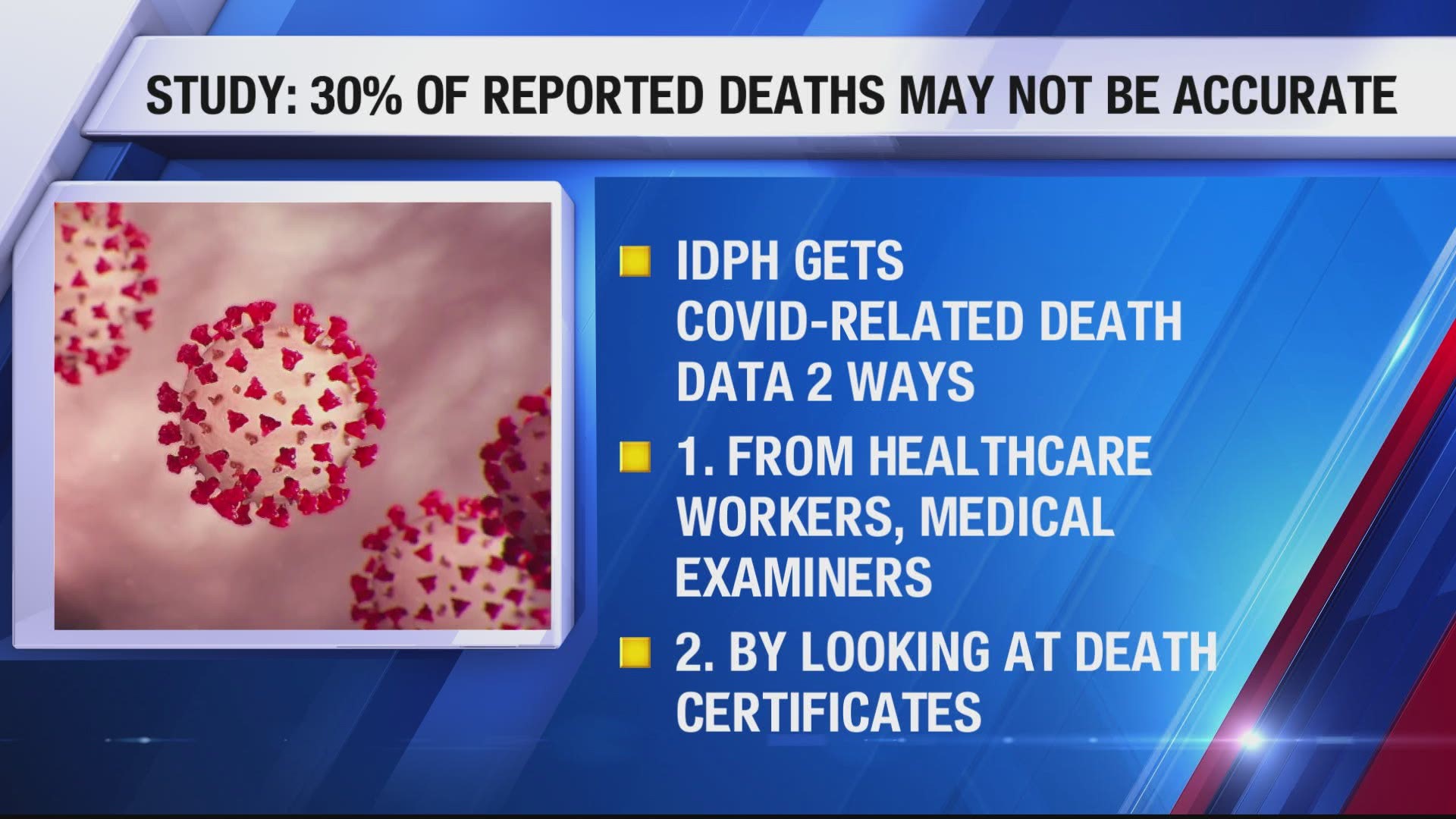DES MOINES, Iowa — The state of Iowa lost its first child to the novel coronavirus back in June, but the Iowa Department of Public Health (IDPH) didn't confirm the information until Sunday, two months after the fact.
The IDPH said the investigation into the child's death didn't conclude until Aug. 6, leaving many wondering why it took so long for the state to report it to the public.
Local 5 reached out to the department to find answers on how the state reports deaths from COVID-19.
"There is a broad range of complexity and length of time it takes to finalize a report, both in infant/child cases and adult cases," said Amy McCoy, IDPH's COVID-19 media relations coordinator via email.
In 2019, the average time to report an infant death with similar types of testing took 60 days, according to McCoy.
"By comparison, an adult who died of blunt force injuries in a motor vehicle (cases that would not require these additional testing) averaged 31 days in 2019," McCoy explained.
McCoy said it takes about 10 days after someone dies to report the death to the National Center for Health Statistics (NCHS). Deaths are reported by either healthcare workers, medical examiners or by looking at death certificates.
The child's death is the first suspected to be due to coronavirus in the state, McCoy confirmed.
"There are many hours spent after the physical autopsy reviewing microscopic slides, reviewing medical records, laboratory tests, speaking with consultants, and education on entirely new disease," McCoy said in the email.
The state doesn't have any other child cases in process with a suspected death caused by COVID-19 infection.
McCoy said most deaths related to the virus haven't required an examination by the State Medical Examiner's Office, usually because the diagnosis is made clinically.
The dead are sent to the State Medical Examiner's Office when the cause of death isn't certain, i.e. there were "very unusual" presentations or other medico-legal factors were involved with the death that required a forensic autopsy.
Tests done vary from case to case, McCoy said. Here's a list of examples she provided:
- Unexpected deaths in infants and children will often require tests for bacterial and viral infections, toxicology, metabolic disorders, electrolyte disturbances, and complete microscopic examinations of biopsies from all the major organs. There often is a need for consultation with subspecialists in brain and cardiac pathology.
- Each of these tests or consultations may lead to identifying the need to order further testing. The length of time it takes for a test to be completed can vary by weeks to sometimes a month or two based on what is found and what further testing or confirmation may be needed.
- The results of these tests then need to be interpreted by the pathologist in context with all the other laboratory findings, clinical history, circumstances surrounding death, and in suspicious deaths, correlated with law enforcement investigations. This analysis phase and drafting the report all take time as well.
The Centers for Disease Control and Prevention (CDC) confirmed that reporting deaths related to COVID-19 can be difficult.
The video below details guidance for how officials should determine cause of death for coronavirus patients.
Every death certificate lists an immediate cause of death, or the reason why someone died. COVID-19 isn't always the immediate cause.
The virus can cause other complications that are the immediate cause of death, like acute respiratory distress syndrome (ARDS) or pneumonia. Other factors are also included on death certificates, such as hypertension or chronic respiratory illnesses.
States report deaths at different rates, according to the CDC. Currently, 63% of all U.S. deaths are reported within 10 days of the date of death. The CDC notes a "significant variation" between states.
On top of that, the CDC says it takes extra time to code COVID-19 deaths. That's because each death related to the virus is processed by a person instead of electronically.
The CDC says 80% of deaths are electronically processed and coded by the NCHS. Deaths coded by person take about 7 days to process on average.
The CDC emphasizes the need to accurately report deaths related to COVID-19 in their guidance for public officials. That guidance is embedded below.
WATCH: Complete coronavirus coverage on Local 5's YouTube channel

